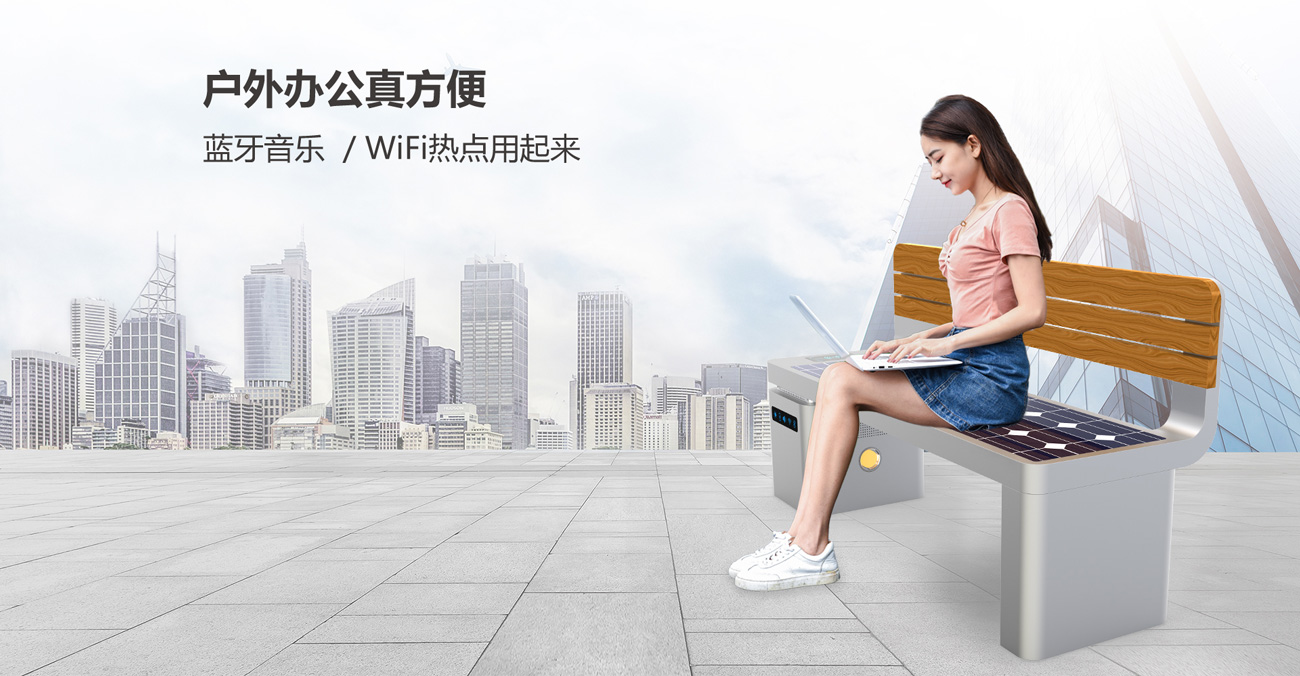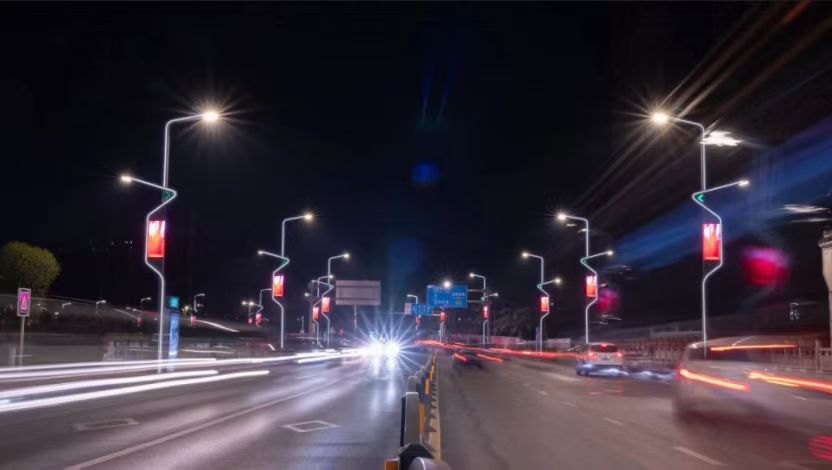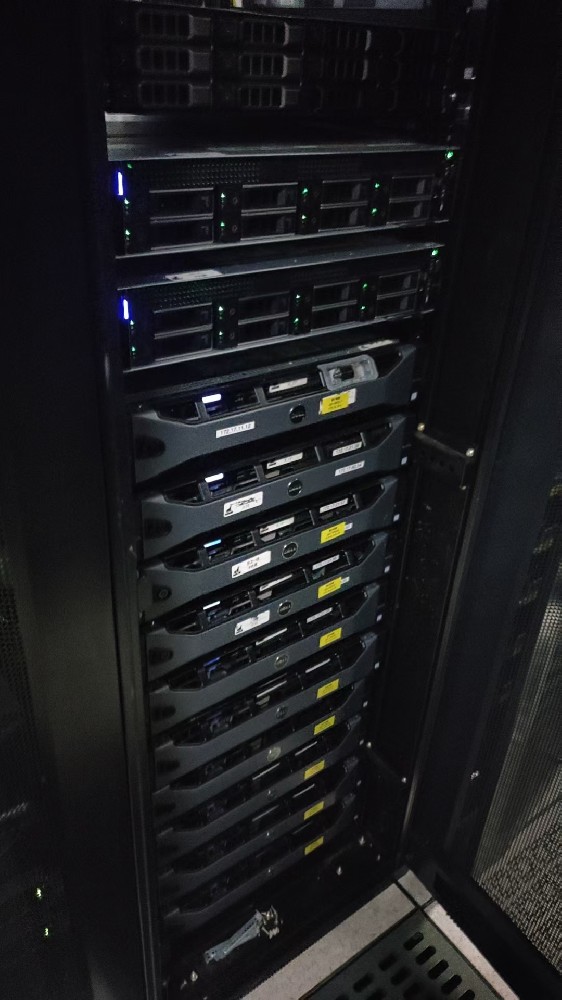Smart seat landing practice: technology empowers new experiences in urban public spaces
public facilities have already broken through the basic demand of "usability" and evolved to a higher dimension of "intelligent use" and "symbiosis". As the most common "silent unit" in the urban fabric, traditional public seats have long faced pain points such as low utilization rate, high operation and maintenance costs, and single service functions, which not only cause waste of resources, but also make it difficult to meet citizens' expectations for high-quality public spaces.

1. Pain points and upgrade needs of traditional public seats
single function: It only provides basic rest functions, which is difficult to meet diverse needs
management is inefficient: Damage repair is delayed, and maintenance costs are rising year by year
lack of interaction: Unable to collect usage data and optimize spatial layout
Second, the core technology highlights of smart seats
1. Multi-scenario adaptive service system
environment perception terminal: real-time monitoring of temperature and humidity, PM2.5, LED screen dynamic broadcast
2. Intelligent management platform
usage data analysis: heat map to show the density of people in each period, Optimization of auxiliary facilities layout
3. Humanized interaction design
emergency call button: directly connected to the security center, The response time is reduced to less than 90 seconds
3. Implementation effect and data feedback
indicator | before the transformation | after the transformation | improvement |
facility occupancy | 38% | 82% | 115%↑ |
response time for repair | 72 hours | 4 hours | 94%↓ |
citizen satisfaction | 67 points | 92 points | 37%↑ |
annual maintenance costs | 180,000 yuan | 95,000 yuan | 47%↓ |
4. Industry Enlightenment and Future Prospects
a new paradigm for urban infrastructure
passed The "hardware + platform + service" trinity architecture has verified the replicability of smart facilities in urban renewal, and has attracted 6 city delegations for on-site research.
data-driven operating model
cumulative 1.2 million+ pieces of environmental data and 450,000+ usage records provide a quantitative decision-making basis for urban public space planning.
sustainable ecological construction
open API interface access to the city brain system, in the future, it is planned to expand the linkage of smart trash cans, smart street lights and other devices to build a complete smart public facilities network.




